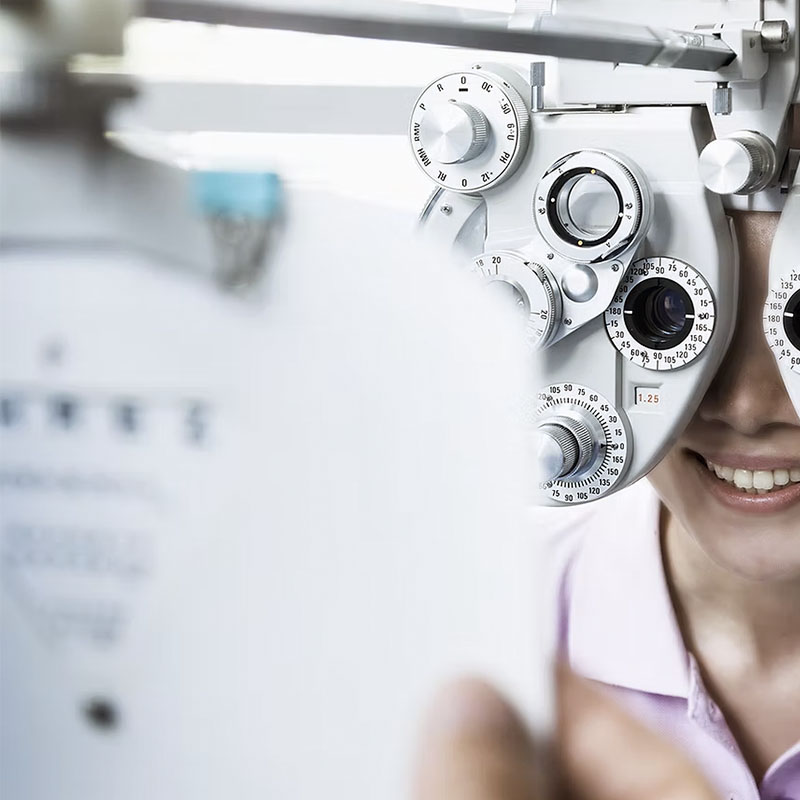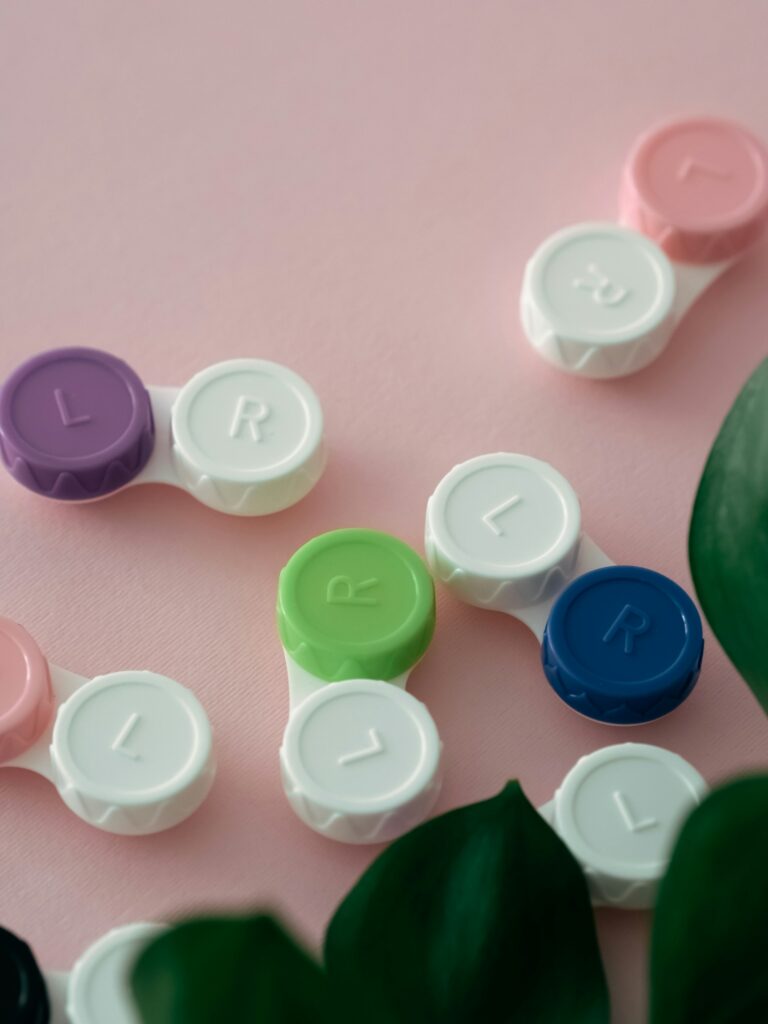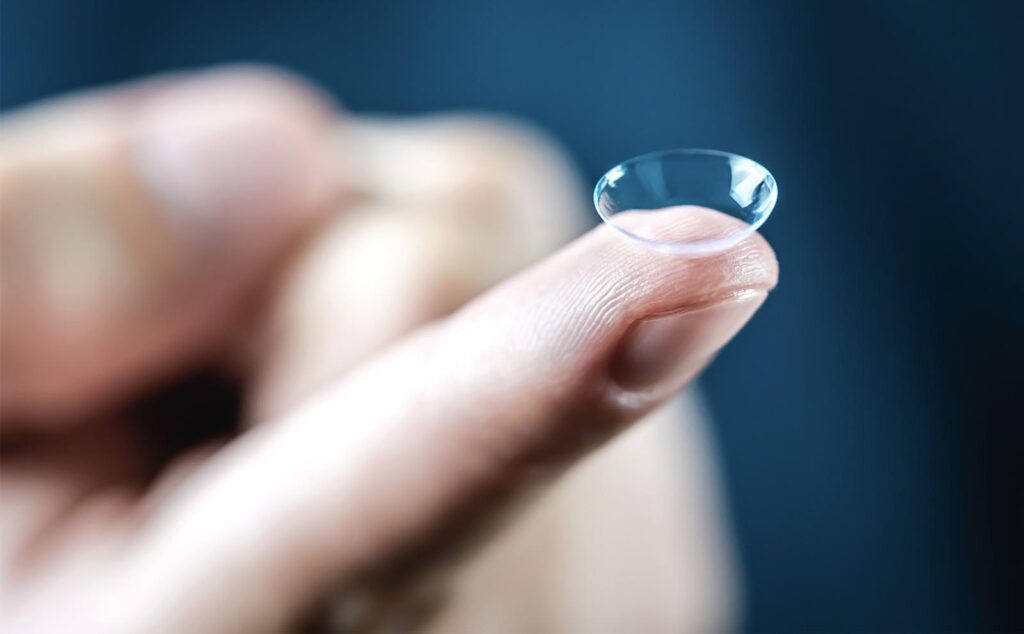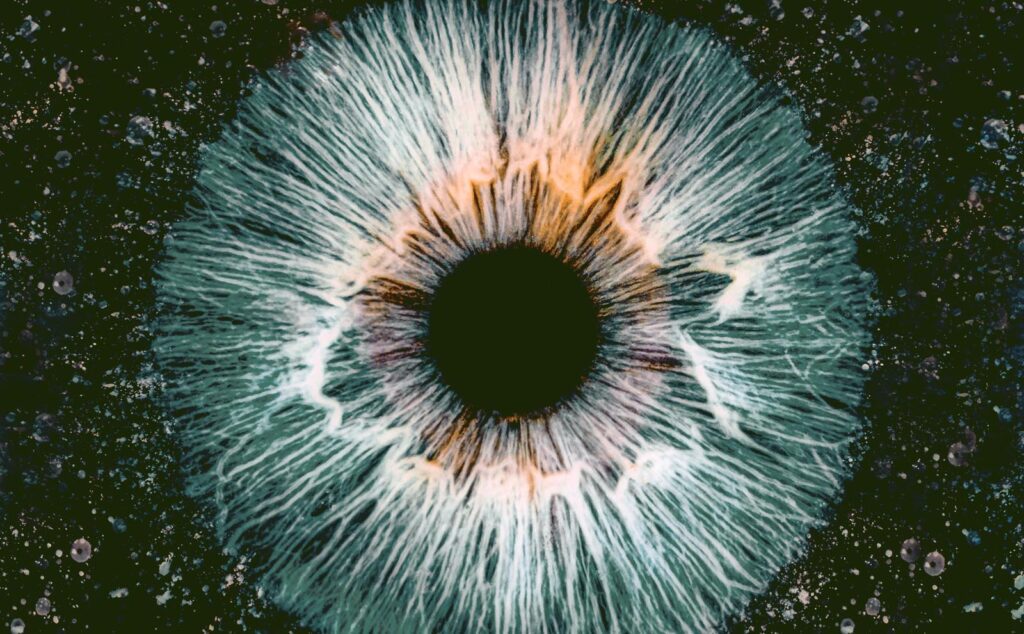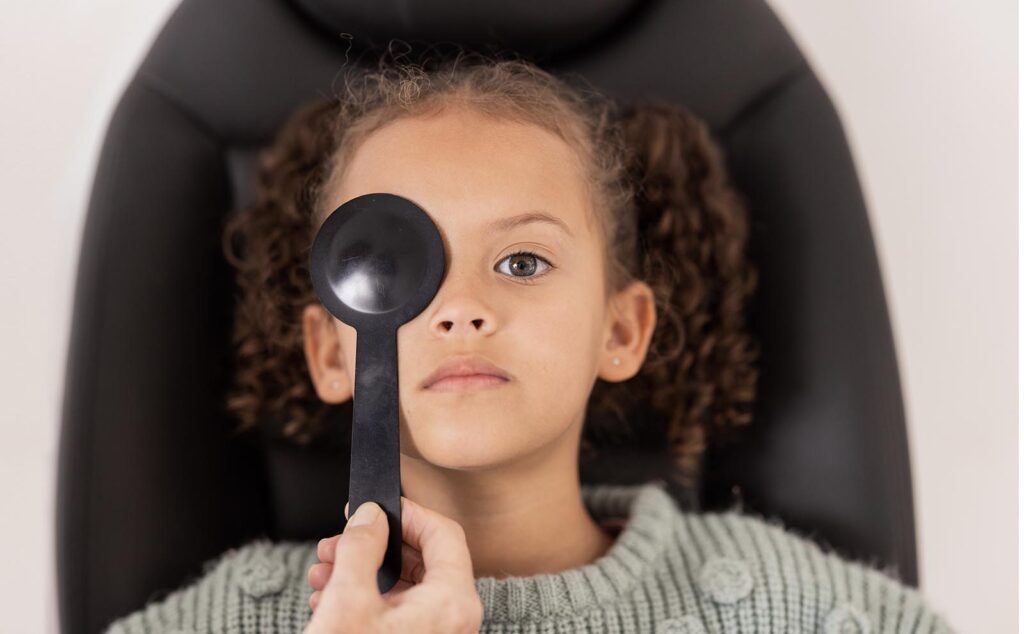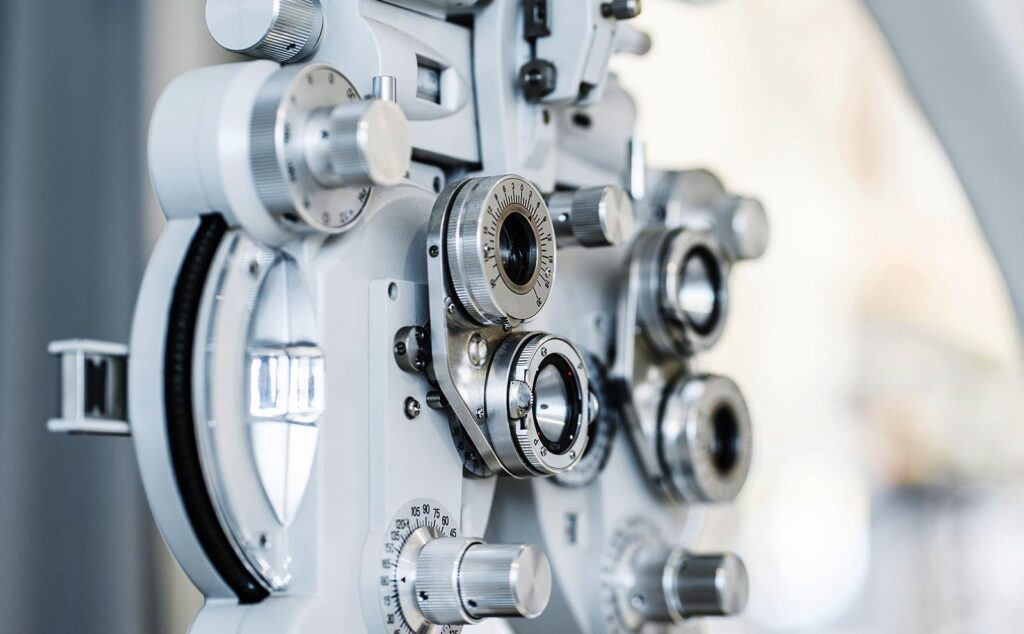Experience unparalleled comfort and clear vision with our custom-fit scleral lenses, designed to provide relief and improved sight for individuals with irregular corneas or severe dry eyes

Featured Services
If you’ve ever struggled with dry eyes, blurry vision with glasses, or felt like your vision is holding you back, specialty contact lenses could be the solution you need!
Impression-designed Scleral Lenses (EyePrintPro)
Discover how impression-designed scleral lenses offer a completely customized fit—crafted from a precise mold of your eye—to provide superior comfort and potentially sharper vision compared to traditional scleral lenses.
Higher Order Aberration (HOA) Scleral Lenses
Experience sharper, high-definition vision without glare, halos, or blurriness. Higher Order Aberration (HOA) Scleral Lenses provide an advanced solution for complex vision issues that standard glasses and contacts can’t correct.
Custom Soft Contact Lenses
Achieve optimal vision and comfort with our custom soft contact lenses, tailored to fit the unique shape of your eyes for a personalized and precise visual experience.
Contact Lenses for Double Vision
Struggling with double vision? Discover how specialized contact lenses can help restore clear, comfortable sight.
Multifocal Contact Lenses
Enjoy seamless vision at any distance with our multifocal contact lenses, providing a convenient solution for those with presbyopia to see up close, at intermediate ranges, and far away.

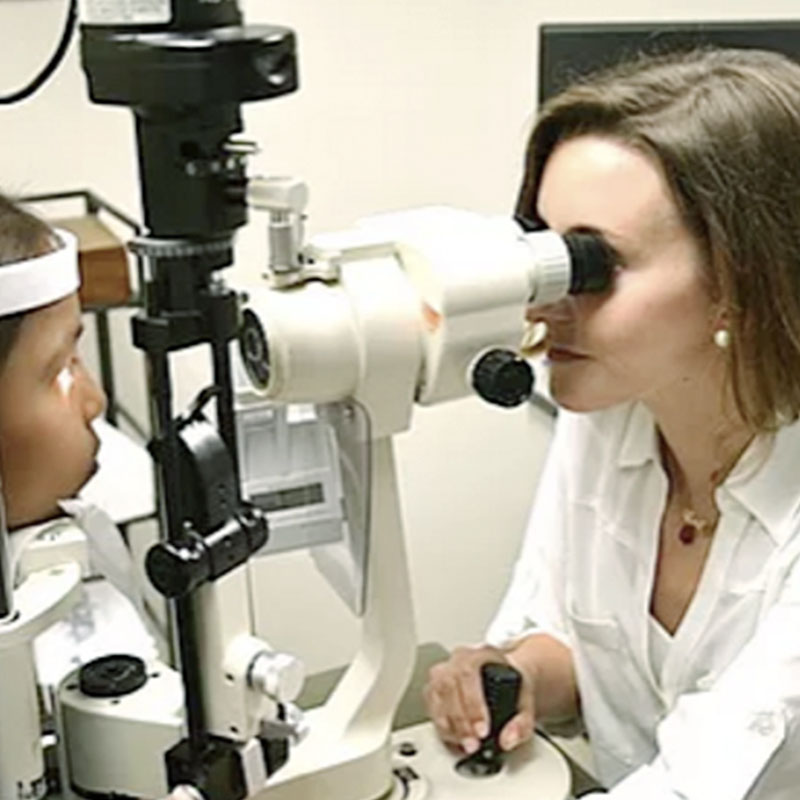
Our Approach
Personal, Compassionate, Wellbeing
At In Focus, we believe every patient is unique and treat you that way. Keeping our practice small and specialized ensures you receive individualized, high-quality care at every visit. Our concierge-style approach gives our doctors the time to focus on delivering tailored solutions just for you.
Complete List of Services
Comprehensive Vision Solutions Tailored to Your Needs
At InFocus, we offer a full range of specialized contact lens solutions for unique vision challenges. Whether you need custom-fit lenses for irregular corneas, advanced options for double vision, or prosthetic lenses for cosmetic and medical needs, our expert team is here to help. Please explore our complete list of services to find the best solution for your vision.

